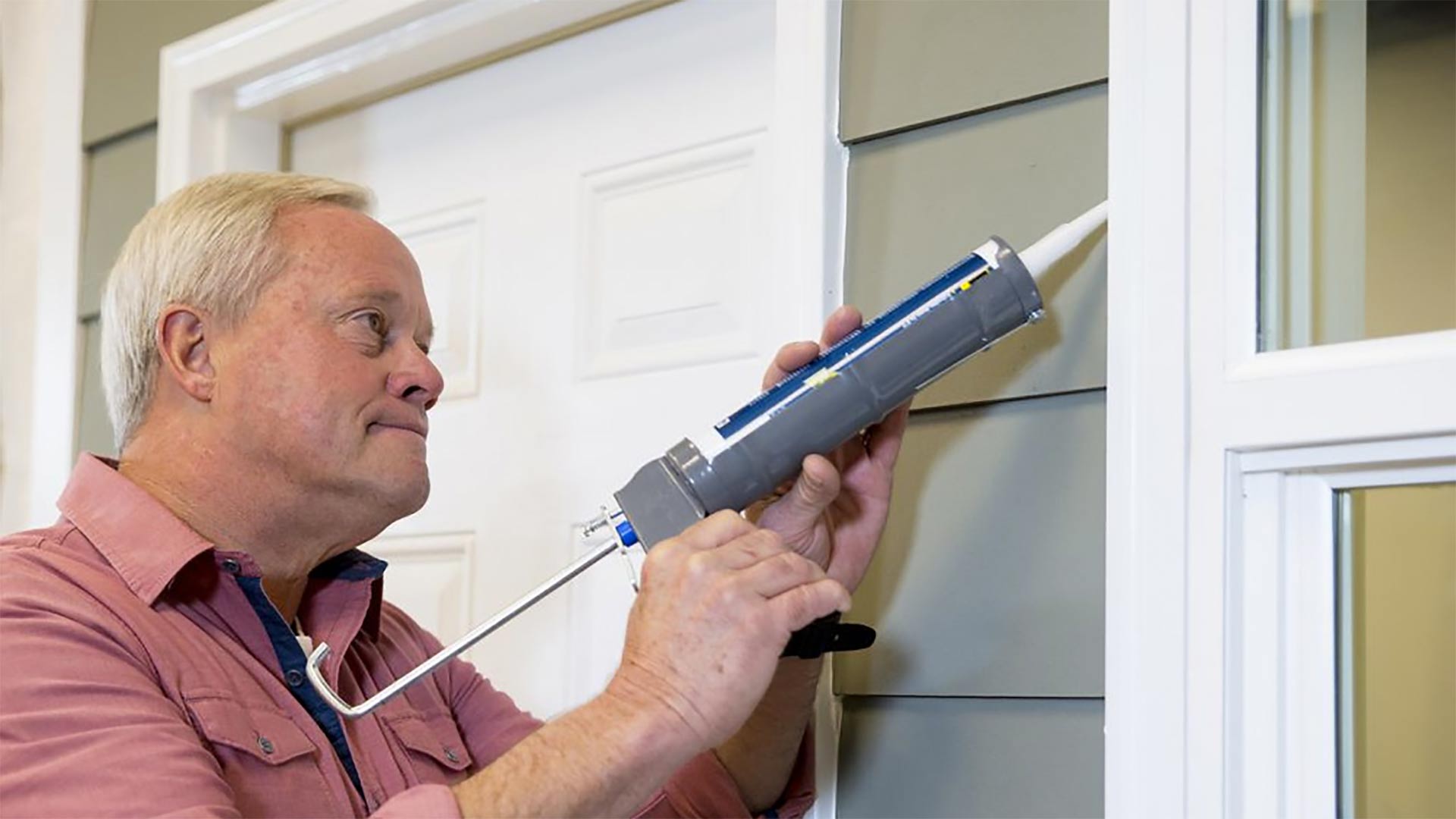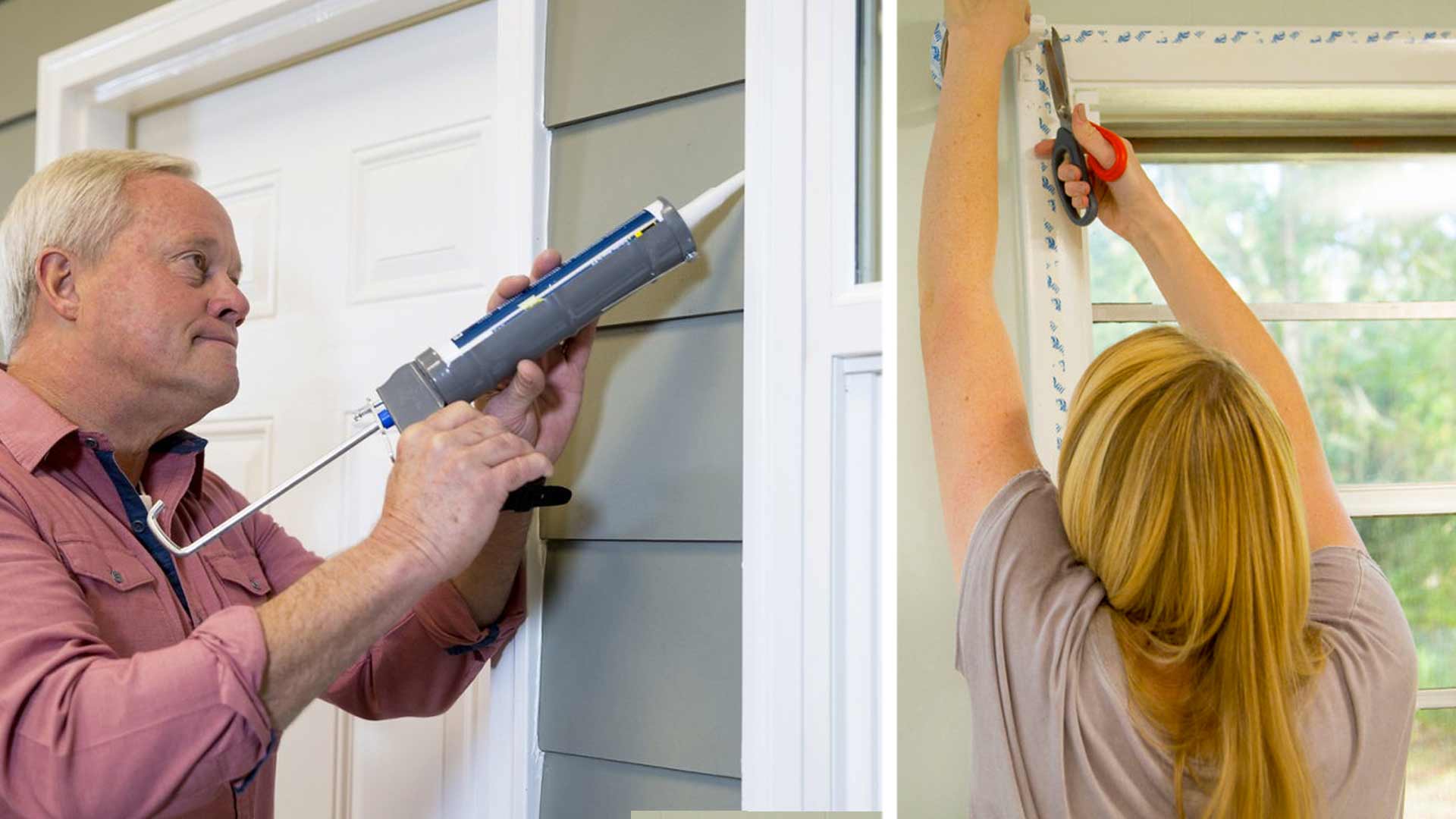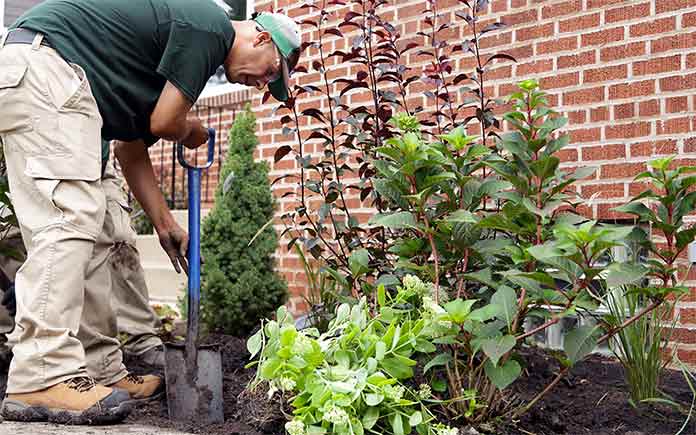As winter approaches, many homeowners find themselves shivering in a chilly home despite cranking up the thermostat. Not only can this be uncomfortable, but it can also lead to increased energy bills. This article will explore five reasons your home might be cold and offer practical solutions for each issue, helping you take effective steps to create a warmer, more comfortable living space.
1. Cold Air Is Leaking Inside
One of the main culprits behind a chilly home is air leakage. When a home’s “envelope”—the physical barrier between the interior and exterior —is compromised, cold air can easily get into living spaces, making it difficult to keep temperatures comfortable and increasing energy costs.
Identify and Seal Air Leaks

To combat air leaks, start by thoroughly inspecting your home’s exterior. Pay close attention to areas around windows and door frames, where cracks and gaps are common, allowing cold air to seep in unnoticed. Once you find them, seal the openings with acrylic or polyurethane caulk to create an effective barrier against drafts, keeping a more consistent indoor temperature.
Install Weatherstripping
Weatherstripping prevents air from leaking. If light is visible around the edges of exterior doors, it’s a clear sign that you need weatherstripping or even a full door replacement. By installing this protective lining, you’ll significantly reduce drafts and keep the warmth from your heating system longer.
Use Door Sweeps and Draft Dodgers
For gaps under doors, you can easily install a door sweep without tools. It has an inner seal to maintain room temperature, an outer seal to block drafts, and fins on the bottom to keep out water.
Alternatively, a draft dodger can be a simple DIY project. Made from fabric and filled with materials like uncooked rice, place these against the bottom of doors to effectively block cold air.
2. Your Heating System Doesn’t Cover Your Whole House
In many multi-story homes, a single heating system often struggles to keep consistent temperatures throughout the entire structure. This leads to cold spots and uneven heating, particularly in areas furthest from the heat source.
Consider a Zoned Duct System
While installing separate heating units for each floor would be ideal, it’s not always practical or budget-friendly. A compromise is upgrading to a zoned duct system. This setup uses a single heat pump and motor-driven dampers to control airflow in different house zones. This allows for more precise temperature control in specific areas, such as the kitchen, living room, and bedrooms, so that each part of the home is comfortable.
Energy-Saving Benefits
One advantage of a zoned system is the ability to heat only the spaces that are in use. This targeted approach can lead to significant energy savings, as you can avoid wasting heat in unoccupied areas of the house. Not only does this make spaces more comfortable but it can also significantly reduce your energy bills and the overall environmental footprint of your home.
3. Your Home Needs More Insulation
Insulation plays a role in maintaining a comfortable indoor temperature. Significant heat loss can occur without enough insulation, making it difficult and expensive to keep a home warm.
Understand R-Value
The effectiveness of insulation is measured by its R-value, which typically ranges from 2.0 to 8.0 per inch. Higher R-values indicate better insulation, which has a greater resistance to heat flow. According to Angi, fiberglass and cellulose insulation have R-values of 2.9 to 3.8 per inch, while sprayed foam insulation can reach up to 6.5 per inch, offering high-quality insulation for those wanting to upgrade.
Focus on the Attic
The attic can be a major source of heat loss if not well-insulated. Warmth escapes through poorly insulated attic spaces, significantly impacting a home’s overall energy efficiency. Pay attention to your attic’s entry point and cover it if needed to prevent heat from escaping unnoticed and improve warmth retention.
4. Your Air Filter Is Too Old
An often overlooked factor in home heating efficiency is the condition of the air filter. Regular upkeep of this simple component can improve a home’s warmth and air quality, while a dirty or clogged filter can hinder both.
Importance of Regular Filter Changes
Air filters trap debris and allergens throughout the ventilation system, but only if they’re clean and unclogged. You need to change or clean most filters every 90 days for them to work best, although this can vary based on the specific filter type and air quality conditions.
Consequences of Neglected Filters
When air filters become clogged, they severely restrict airflow through the ventilation system, reducing the heating system’s efficiency. This not only diminishes the system’s ability to push warm air effectively but also strains the entire HVAC system. In extreme cases, this strain can lead to system failure, potentially resulting in costly repairs or even a complete system replacement.
How To Change Your Air Filter
Changing an air filter is a simple task that most homeowners can perform themselves:
- Locate the filter housing, which you can typically find near the air return duct.
- Remove the old filter, noting the direction of airflow indicated on the filter frame.
- Insert the new filter, checking that it’s placed in the correct direction to maximize efficiency.
- Replace the filter housing cover.
5. Your Heater Needs Maintenance
Even with regular filter changes, heating systems need professional maintenance to operate at peak efficiency. Annual tune-ups can keep minor issues from becoming major problems and guarantee the system works during winter.
Benefits of Professional Maintenance
Professional HVAC technicians can perform tasks that go beyond basic homeowner maintenance, such as:
- Cleaning out the system’s drain to prevent water buildup
- Checking and adjusting refrigerant levels
- Lubricating moving parts to avoid mechanical wear and tear
- Inspecting all components and identifying any signs of wear or potential failure
When To Schedule Maintenance
Schedule heating system maintenance in the fall before the cold weather sets in. This keeps the system ready to operate when it’s needed most. However, if you notice any unusual noises, odors, or a decrease in heating efficiency, schedule a pro regardless of the season. Addressing issues quickly can prevent bigger problems.
Consider a Home Warranty
If you’re concerned about unexpected heating system breakdowns, a home warranty can calm your fears. These agreements typically cover repairing or replacing home systems and appliances due to normal wear and tear, offering a safety net against unforeseen issues.
Evaluating Home Warranty Options
When considering a home warranty, carefully review the coverage plans and prices offered by different providers to find a plan that fits your needs. Look over the specific coverage for HVAC systems, including any limitations or exclusions. This will help you choose the protection you need at a cost that works for your budget, giving you both financial security and a guarantee of a warm home.
If you are worried about your heating and cooling system breaking down, consider a homeowner’s warranty. A review team independent of Today’s Homeowner looked at the coverage plans and prices offered by some of the best home warranty providers, as well as providers such as HWA Home Warranty and The Home Service Club.








